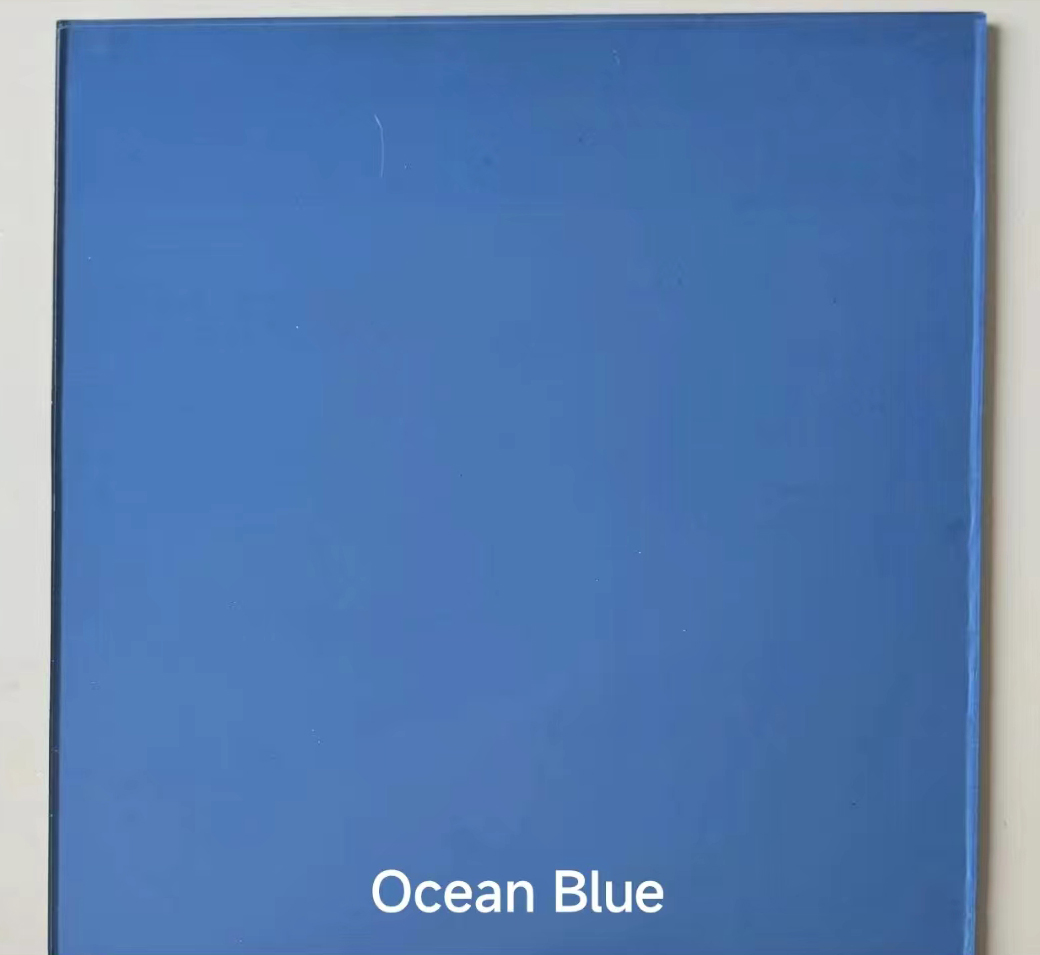

The Role of IGU Glass Suppliers in Modern Architecture
Insulated Glass Units (IGUs) play a crucial role in modern architecture and building design. Known for their ability to enhance thermal efficiency and sound insulation, these units are composed of two or more glass panes separated by a spacer and sealed together to form a single unit. The demand for IGU glass has surged as energy efficiency mandates become more stringent and as homeowners and builders alike seek to improve the sustainability of their structures. This increasing demand has underscored the importance of reliable IGU glass suppliers in the construction industry.
Understanding IGUs and Their Benefits
IGUs are designed to minimize heat transfer between the interior and exterior of a building. By trapping a layer of air or inert gas between the glass panes, they significantly reduce the energy needed for heating and cooling. This translates into lower energy bills and increased comfort for occupants. Beyond energy efficiency, IGUs also offer acoustic insulation benefits by dampening outside noise, making them particularly valuable in urban environments.
Moreover, advancements in glazing technology have allowed for the development of low-emissivity (Low-E) coatings that can further enhance the performance of IGUs. These coatings reflect infrared light and help maintain the interior temperature, making them an excellent choice for eco-conscious builders and homeowners.
The Importance of Sourcing IGU Glass from Reputable Suppliers
As the market for IGU glass grows, so does the number of suppliers. Selecting a reputable IGU glass supplier is critical for ensuring quality, durability, and compliance with industry standards. Reliable suppliers not only provide high-quality products but also offer valuable insights into the latest trends and technologies in insulated glazing. They can assist architects and builders in making informed decisions about which units to use based on factors such as climate, building orientation, and energy performance goals.

Furthermore, a reputable supplier often provides customization options to meet specific project requirements. This includes different glass thicknesses, various spacer materials, and diverse Low-E coating options. A knowledgeable supplier will work closely with clients to ensure that the chosen IGUs align with both aesthetic and functional requirements.
Navigating the Supply Chain
The process of sourcing IGU glass involves understanding the supply chain dynamics. Suppliers often establish partnerships with manufacturers to ensure timely delivery and maintain inventory levels that meet current demand. With the growing emphasis on sustainability and green building practices, many suppliers are also focusing on sourcing materials responsibly and minimizing waste.
Supply chain transparency is becoming increasingly important. Clients are encouraged to inquire about the sustainability practices of their suppliers and the origin of the materials used in the IGUs. This not only impacts the environment but can also influence the overall performance and longevity of the glass units.
Looking to the Future
As architectural designs evolve, the demand for more sophisticated IGU solutions will continue to rise. Suppliers who can innovate and adapt to new challenges—whether through advancements in technology, enhancing energy efficiency, or meeting new aesthetic trends—will be at the forefront of the industry.
In conclusion, IGU glass suppliers play a vital role in modern architecture by providing essential products that enhance energy efficiency, aesthetic appeal, and occupant comfort. By choosing a trustworthy supplier, builders and architects can ensure that their projects are equipped with high-quality insulated glass units that meet current and future demands. The collaborative efforts between suppliers and construction professionals will undoubtedly shape the future of sustainable building practices.